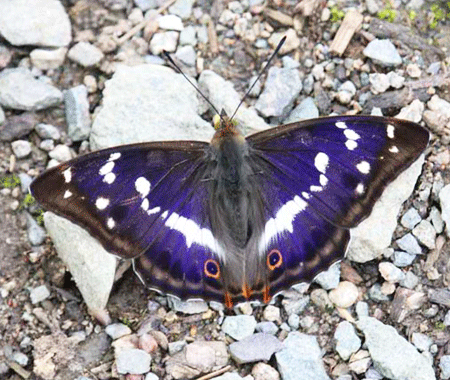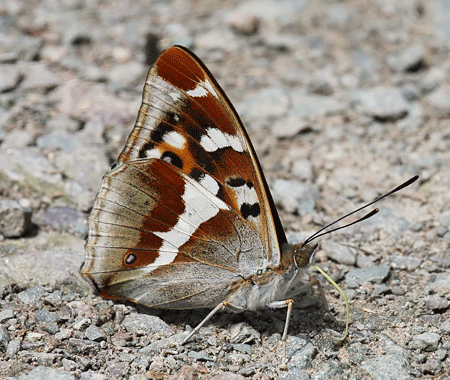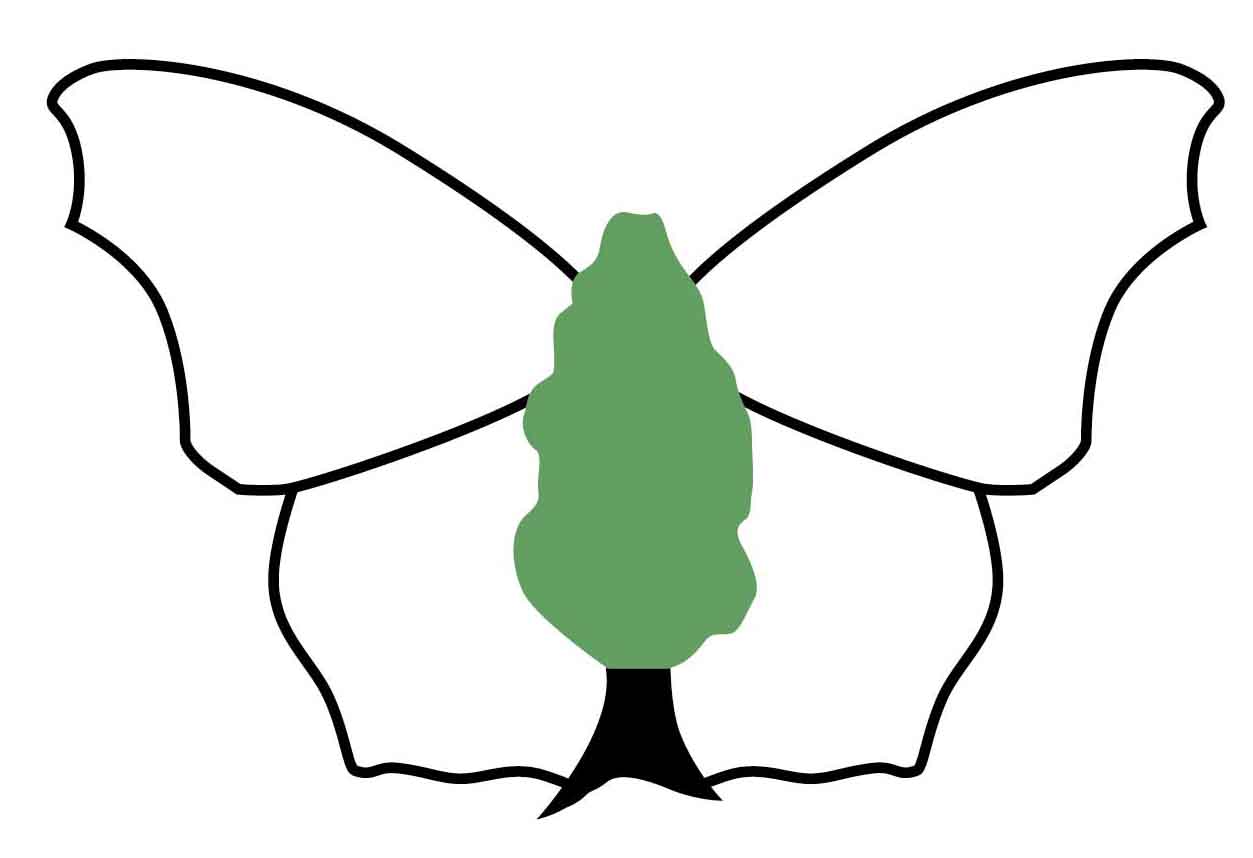 | Butterfly Conservation Saving butterflies, moths and our environment | Upper Thames Branch | 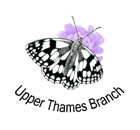 |
Purple Emperor (Apatura iris) | ||||||||||||||||||||||
| Description | ||||||||||||||||||||||
| Wing span: 73-90 mm. The male Purple Emperor is probably the most beautiful butterfly found in Britain. He has black wings intersected with white bands. When the wings are at a certain angle to the sun, a purple sheen is displayed. The female is a deep brown colour and does not have the purple sheen found in the male. She is larger than the male. This species is restricted to central southern England. It is found in well-wooded areas, often on clay soils where the damp conditions are favourable for willows. | ||||||||||||||||||||||
| Images (click to enlarge) | ||||||||||||||||||||||
| ||||||||||||||||||||||
| Life Cycle | ||||||||||||||||||||||
| The flight period is from the end of June to early August. The larva is the over-wintering stage. | ||||||||||||||||||||||
| Larval Foodplants | ||||||||||||||||||||||
| The primary larval foodplant is Goat Willow (Salix caprea), also known as Pussy Willow. Crack-willow (Salix fragilis) and Grey Willow (Salix cinerea) (aka Sallow) are also used. | ||||||||||||||||||||||
| Nectar Sources | ||||||||||||||||||||||
| Adults feed mainly on aphid honeydew and tree sap. They do not usually visit flowers. | ||||||||||||||||||||||
| UK Conservation Status | ||||||||||||||||||||||
| Least Concern | ||||||||||||||||||||||
| Earliest UTB first sighting (since 2004) : 14th June | ||||||||||||||||||||||
| Mean UTB first sighting (since 2004) : 24th June | ||||||||||||||||||||||
| Species Champion | ||||||||||||||||||||||
| Martin Robinson Email: purple-emperor@upperthames-butterflies.upperthames-butterflies.org.uk | ||||||||||||||||||||||
| Reports | ||||||||||||||||||||||
| Distribution and Sites | ||||||||||||||||||||||
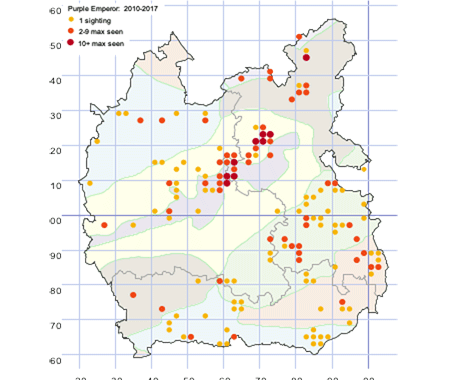 Key |
| |||||||||||||||||||||
| Related Species | ||||||||||||||||||||||
| ||||||||||||||||||||||
Copyright © Butterfly Conservation Upper Thames Branch 2025
Privacy and Copyright Statement
Butterfly Conservation : Company limited by guarantee, registered in England (2206468)
Registered Office: Manor Yard, East Lulworth, Wareham, Dorset, BH20 5QP, Tel: 01929 400 209
Charity registered in England & Wales (254937) and in Scotland (SCO39268)
Privacy and Copyright Statement
Butterfly Conservation : Company limited by guarantee, registered in England (2206468)
Registered Office: Manor Yard, East Lulworth, Wareham, Dorset, BH20 5QP, Tel: 01929 400 209
Charity registered in England & Wales (254937) and in Scotland (SCO39268)

